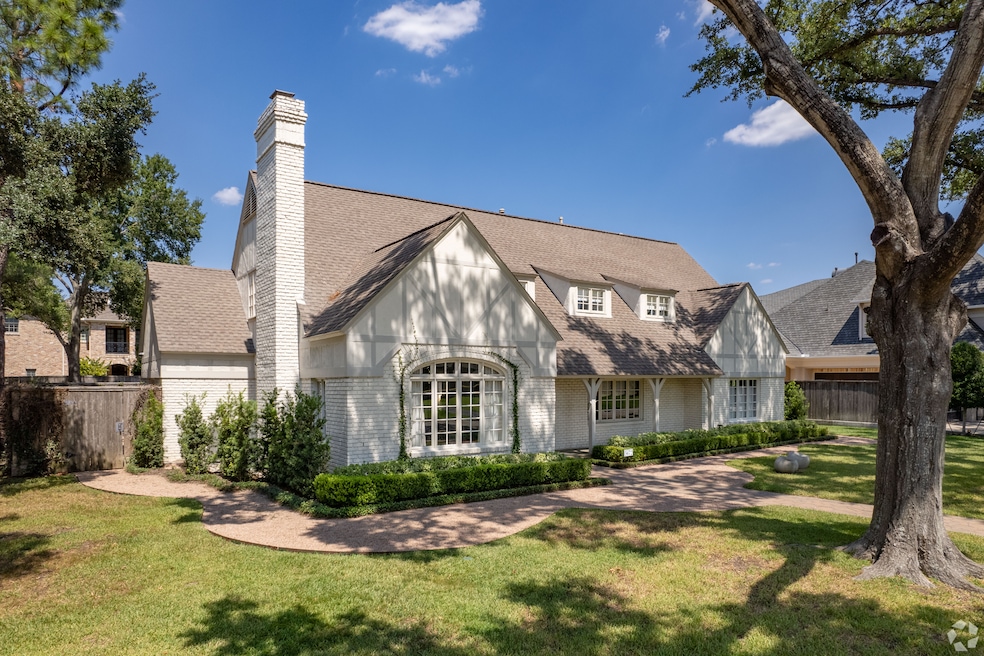Salaries aren't keeping up with land and home prices in Houston and Harris County, Texas, widening an affordability gap for prospective homeowners, a new study shows.
Houston's median home price last year rose 3% to $345,000, but a household earning the local median income can only afford a home priced up to $169,033. That creates an affordability gap of $175,967, according to a report last week from Rice University's Kinder Institute for Urban Research. The gap exceeded the previous record high of $171,812 in 2022.
In Harris County, the median price also increased 3% to $325,000, but a household earning the local median income could afford a property that costs no more than $195,207, according to the Rice report. That results in an affordability gap of $129,793.
The gap increased slightly in both the county and the city over the prior year. Before 2013, Houston and the county had “negative” gaps, meaning home prices were within the means of a household earning the median income.
Mortgage rates hanging near 7% and robust home prices seeing increases in recent years have pushed homeownership out of reach for some residents in the Houston area and across the country. The growing affordability concern forces people who want to own in Houston and Harris County to make concessions, according to Steve Sherman, an author of the report and a research scientist at the Kinder Institute.
"If you want to be in a desirable school district close to the city center, you may not be able to afford a house, but maybe a two-bedroom condo," he said in an interview. "In desirable areas, people need to make tradeoffs."
Listings reach record level
Houston is the second-fastest-growing U.S. metropolitan area, having added more than 198,000 residents between 2023 and 2024, according to the U.S. Census. The New York-Newark-Jersey City market led the U.S. with more than 213,400 new residents during that period.
As in other areas of the country, the housing market in the Houston-area has shifted more in favor of buyers as listings have increased.
In the 10-county region, total active listings for homes and condos at the reached 46,037 at the end of May, according to the Houston Association of Realtors. That was up 35% from May 2024 and the highest figure on records that go back to 2001, the Realtors association said. For the week of June 17-23, new listings rose 21% from the same period of 2024.
Until mortgage rates come down and salaries move up, some creative builders may experiment with different financing models for homeownership, Sherman said. Builders are already favoring smaller homes to help buyers with affordability.
In determining the affordability gaps, researchers assumed property insurance costs were 1% of a home's value, Sherman noted. But the researchers may have to raise that to 2% next year, given the large increases in Houston-area insurance rates.
"One of the biggest reasons behind the overall cost of homeownership in recent years in Houston is not just the rise in home prices, but the soaring insurance costs due to the growing number of natural disasters in our region," said Itziar Aguirre, a Houston-based senior director of market analytics for Homes.com and CoStar, in an email. "Also worth noting is that roughly one-third of homes in Houston are in a flood plain so flood insurance is often mandatory, and rising, in many homes here."
She noted that other factors driving the increase in insurance is higher rebuild costs due to labor shortages, inflation and material price hikes. In addition, some carriers are dropping coverage or limiting new policies and raising rates in the Houston area, Aguirre said.
This is the sixth year Kinder has analyzed housing in Houston and Harris. This year's report included a section on climate resilience's effect on the market.

